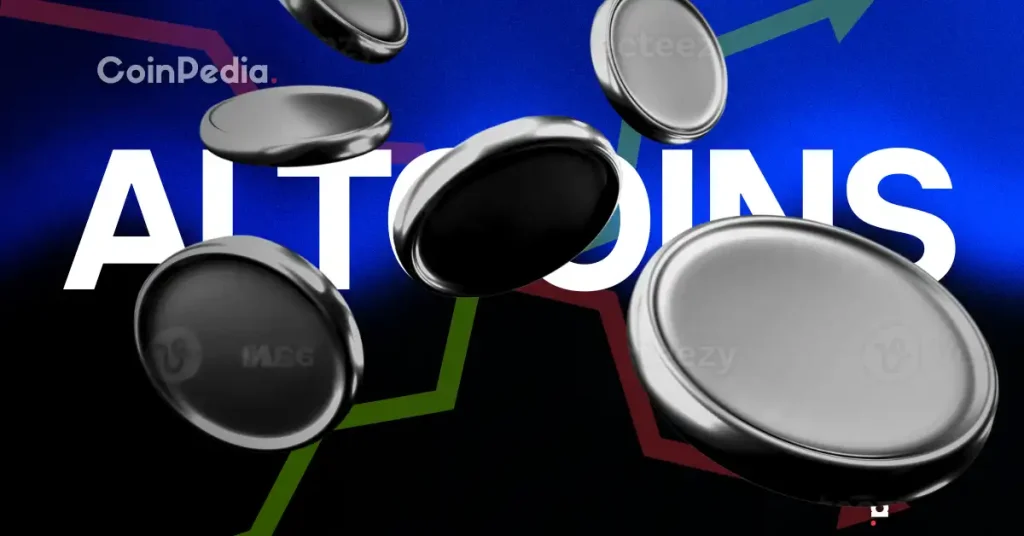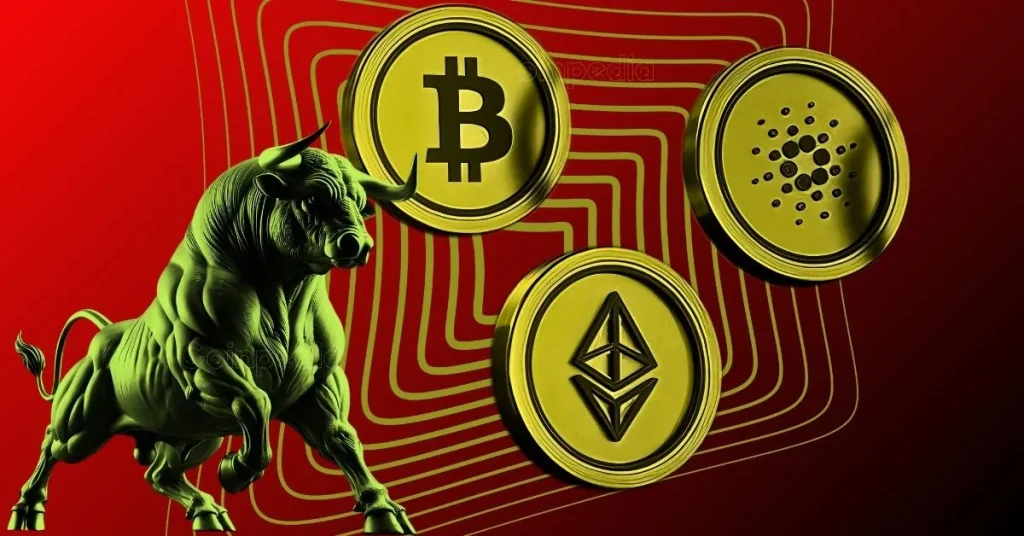In a week marked with scrutiny over employment data, recent PMI reports have cast a spotlight on the U.S. economy’s performance. While delayed interest rate reductions from the Federal Reserve have unnerved job markets, signs of economic resilience persist. Amidst these dynamics, the latest PMI figures reveal crucial insights.
What Role Does U.S. PMI Play?
The Purchasing Managers’ Index, or PMI, remains a significant indicator of economic health, particularly for U.S. manufacturing and service sectors. Derived from industry leaders’ assessments, PMI reports offer a window into prevailing operational challenges, customer demand, and market fluctuations.
In its recent tally, the U.S. Service PMI came in at 54.5, slightly under the expected 55.4. Concurrently, the S&P Composite PMI was calculated at 54.6, narrowly missing the anticipated 55.3 target.
What Does the PMI Reveal About Economic Prospects?
Despite not meeting initial expectations, the growth in the service sector during August was notably strong, marking it as the second-highest this year. This, coupled with healthy manufacturing PMI results, underscores a robust 2.4% annual growth rate for the third quarter.
“Surveys indicate that increased order books over the summer have spurred hiring across both service and manufacturing sectors,” remarked S&P Global Market Intelligence Chief Economist Chris Williamson.
However, persistent inflation worries and future growth uncertainties loom large. Issues like federal tariffs and their ripple effects on pricing have dented business optimism, casting shadows over next year’s outlook. Furthermore, rising input costs in the service sector continue to push average wages higher.
Key conclusions from the report include:
- Manufacturing and service sectors show solid growth, with increased summer orders boosting employment.
- Inflation persists, amplified by tariffs affecting both goods and services.
- Business optimism is at a three-year low due to future economic uncertainties.
The Federal Reserve’s approach to managing interest rates hangs in the balance. With burgeoning growth risks and disappointing job data on the horizon, the possibility of rate cuts at each meeting is not unfounded. Many suggest waiting for Chairman Powell’s succession to see more decisive monetary easing steps.
Disclaimer: The information contained in this article does not constitute investment advice. Investors should be aware that cryptocurrencies carry high volatility and therefore risk, and should conduct their own research.
















 English (US)
English (US)